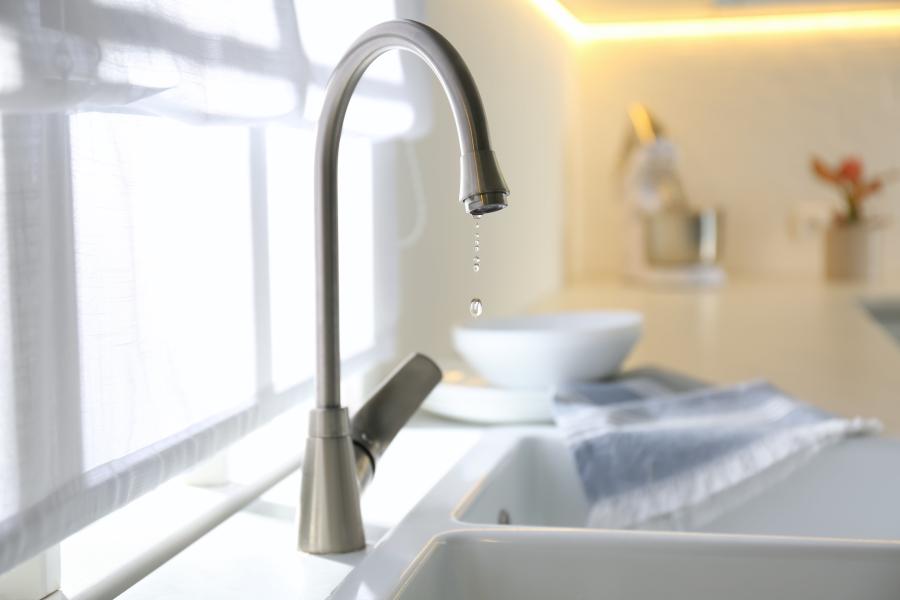How to Detect Plumbing Leaks

Household water leaks are more common than you might think. The Water Research Foundation found that the average household loses about 17 gallons of water per day to indoor leaks.
If left unchecked, leaks can run up unnecessary charges on your water bill and cause damage to your home. But you can protect your home and your wallet with a few simple steps.
The easiest and quickest way to know if you have a leak is to sign up for the Cleveland Water web portal. By creating an account at my.clevelandwater.com you can monitor your actual water and receive leak alerts via email.
You can also check for a leak by following these simple steps:
- Turn off anything that uses water inside or outside your home.
- Find your water meter. This is typically located in a basement or crawl space where your water line enters your home.
- On the meter, locate the blue star, white triangle, or red circle-shaped test wheel on the register face.
- If the test wheel is spinning even though no water is being used anywhere, it's likely you have a leak somewhere.
To try and locate the leak, with the water still off, check for signs of a leak around faucets, toilets, water heaters, appliances, etc. Look for things like puddles of water, drips, or other signs of moisture; listen for a running toilet.
If you are unable to locate the leak, you may need to call a plumber. To prevent damage to your home, conserve water, and avoid a high water bill, you should act quickly if you have a water leak.
